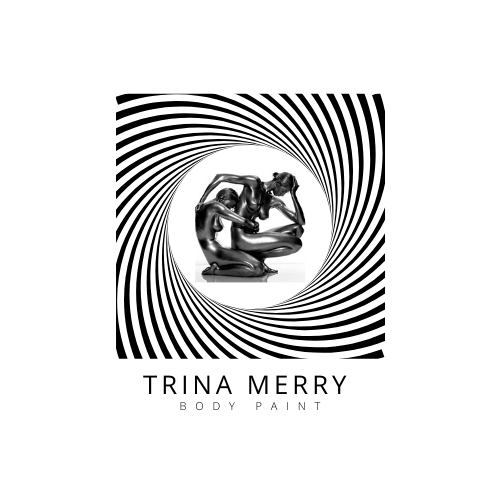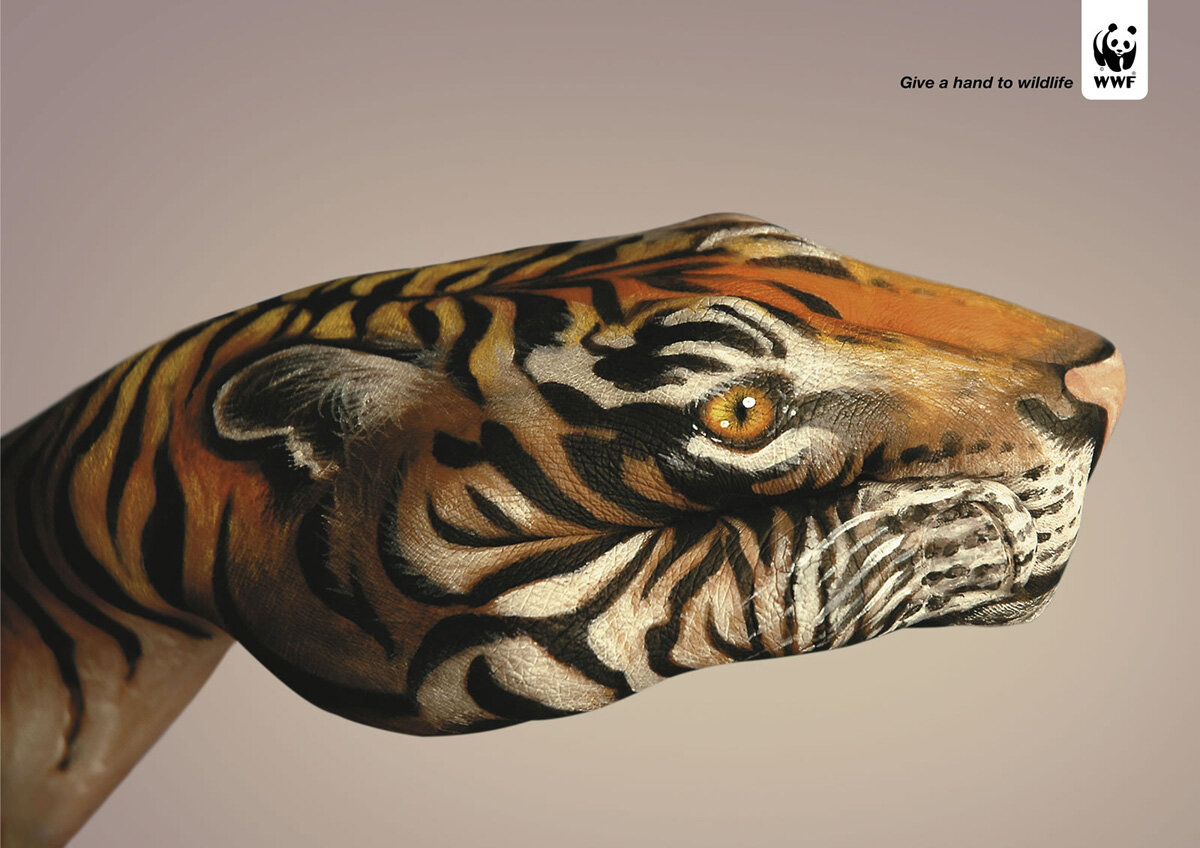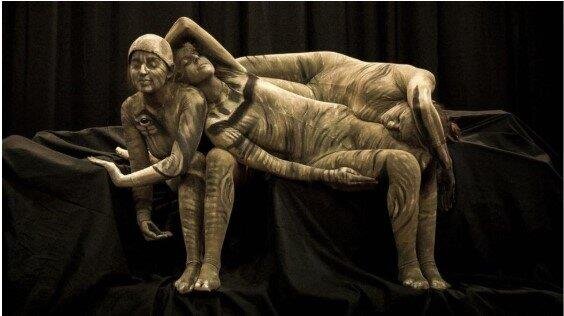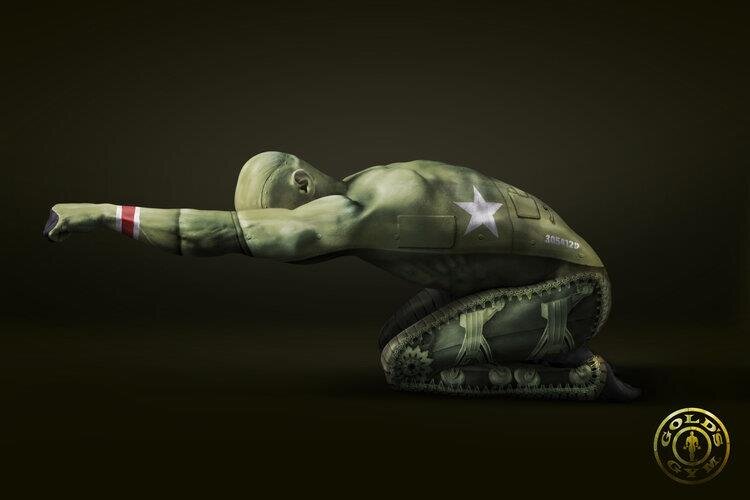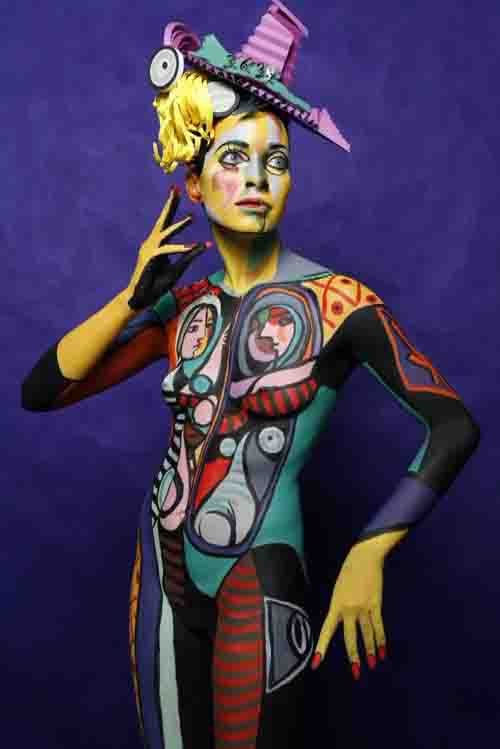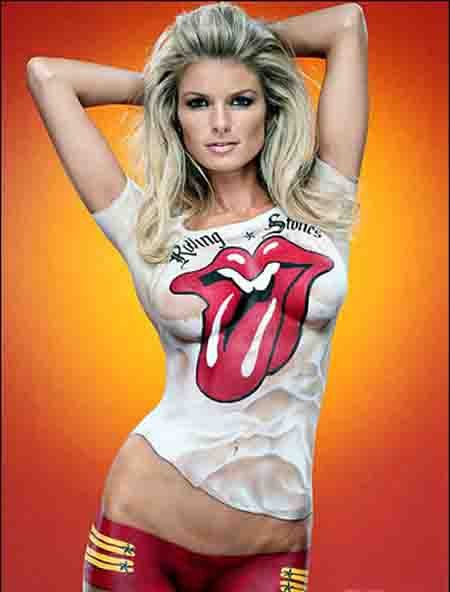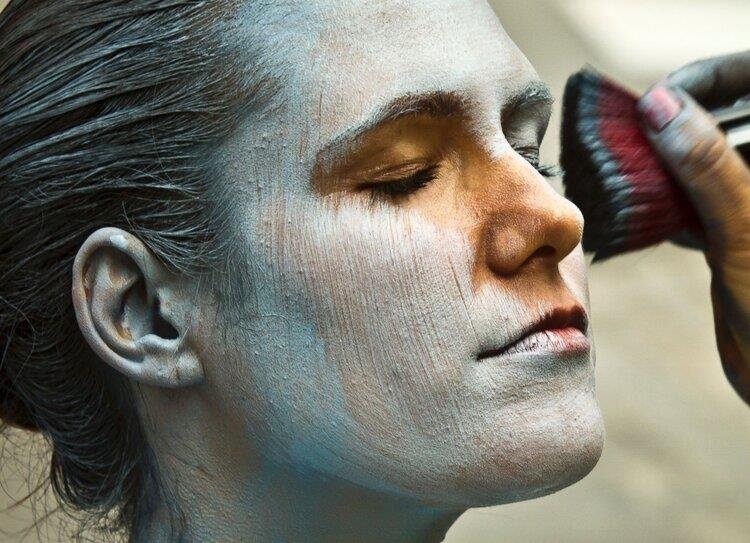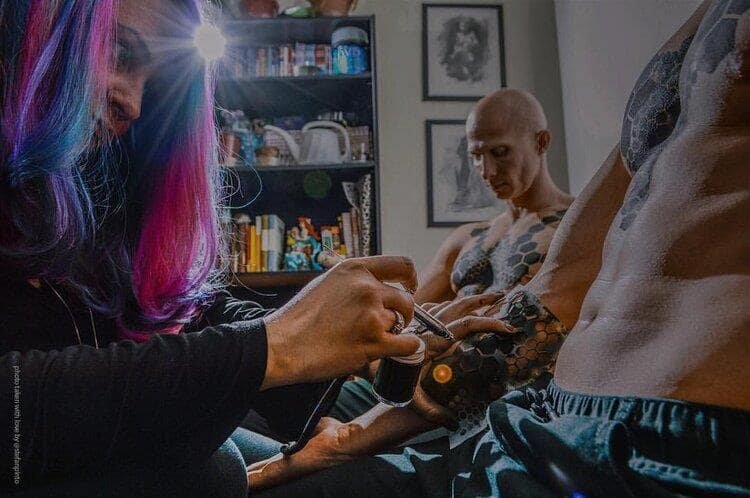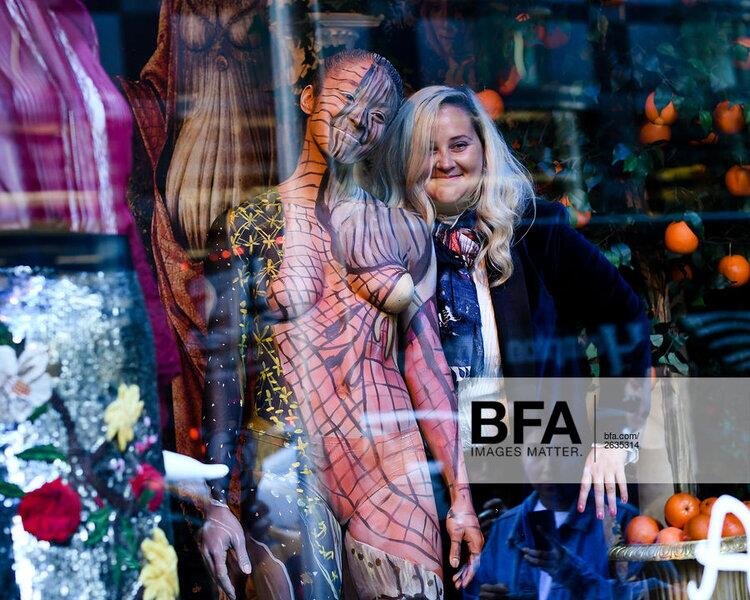Julie Russak, M.D., FAAD, Board Certified Dermatologist and founder of Russak Dermatology Clinic and Russak+ Aesthetic Center in NYC, explains why it's so important to wash makeup brushes regularly: "Dirty makeup brushes are one of the main causes of acne concerns for women. When applying makeup, you are using the same brush every day that has left over foundation, powder etc. on top of what you are applying. This can clog up pores! If you don't wash your makeup brushes enough, you spread dirt and bacteria from your face, to your makeup, then back to your face. Bacteria and dirt builds up, leaving you with stiff bristles that can really aggravate your skin. This can cause infections on the face."
Generally, experts recommend cleaning your personal makeup brushes once or twice per week using a gentle cleanser of your choice, depending on the type of brush. Not only will this help you avoid infections, but it will also decrease your chances of breaking out and prolong the life of your brushes.
Most dermatologists will tell you to soak your tools, especially foundation and concealer brushes, once a week — at minimum — to prevent product buildup. Because these brushes are used on your face, the cleaner, the better, says Bobbi Brown. "Brushes that are used around the eyes should be cleaned at least twice a month," she says. "All others can be washed once a month."
Our System to Keep You Healthy
Starting last year, we adopted a new standard for the highest hygienic practices in the body painting industry making us different from 99% of the bodypainters. Each of our team models receives a personal bodypaint kits and follows an inexpensive 3 step process to remove bacteria, viruses- including dangerous ones such as Coronavirus, STDs and Influenza- and stubborn fungi - Sanitation, Disinfection, and Sterilization. This practice should be followed on any product used on your body including makeup, makeup brushes, nail kits, and more.
Sanitation:
Sanitation is the process of making something clean, to make it healthy. When we sanitize we
are killing the one-celled vegetable micro-organism we call bacteria. There are hundreds of
different types of bacteria, they are divided into two groups: Pathogenic (harmful) bacteria and
Non-pathogenic (beneficial or harmless) bacteria. We sanitize things most commonly by
washing them. But keep in mind that sanitation will not destroy some spores and viruses.
To make our hands sanitary we need to wash them for 20 seconds with soap (preferably
antibacterial) and water as hot as can be comfortably tolerated. How long is 20 seconds?
Remember the ABC song from your childhood? Sing it while you wash, it lasts 20 seconds.
How to Sanitize Your Brushes:
Rinse brushes until they have the majority of the paint off of them. Apply some dishwashing
soap to the palm of your hand, briefly run your brush under the tap and then swirl your brush in
the palm of your hand. This will gently clean the bristles through the entire brush. rinse under
luke-warm water. Do this until all paint has been removed from the brush and the water runs
clean. Lay brushes on a towel to dry. Some body painters swear by washing brushes 3 times to
fully sanitize and fine artists wash their brushes until the water runs clean- it’s up to you. Obviously you should set aside a day to wash them when you know you're not going to be using them. Less obvious, however, is how you should set your brushes up to dry properly. You never want to stand your brushes upright when they're wet; the water will potentially damage the handle and dissolve the glue, leading to brush shedding. Instead, either lay them flat or — better yet — hanging upside down to help the bristles keep their shape and to keep the water from dripping down the handle. You can place them on a paper towel or clean washcloth to dry, or better yet, hang them from a drying rack for brushes such as this one or this one.
Disinfection:
To disinfect something is to render it free from pathogenic organisms or to make them inert.
That is, to kill the germs and bacteria or to render them harmless.
In the salon this is most commonly done by immersion in a liquid solution. Some of these
solutions include: Alcohol, Quats, or a Phenol compound. To be effective these solutions must
be prepared according to instructions and the items to be disinfected should remain in the
solution at least 10 minutes. Most disinfection solutions are weakened or rendered inactive by
contamination by organic material such as skin or nail dust, they should be replaced daily or
according to the manufacturer's directions.
How to Disinfect Your Brushes:
Pour a little 70% rubbing alcohol into a small jar or cup. Place brush tips into the container and
leave for 10 minutes. Wipe off any remaining alcohol and lay flat to dry.
How to Disinfect Your Makeup and Bodypaint:
Wipe down your paint pods with a baby wipe. Pour alcohol into a small spray bottle. Spritz
alcohol directly onto bodypaint & coat completely. Soak a cotton swab in alcohol and wipe
down your containers. Make sure you also do this for your plastic pouches.
Sterilization:
Sterilization is to completely eliminate microbial viability . This process kills all non-pathogenic
and pathogenic spores, fungi, and viruses. This is what we strive for in our practices.
In the salon, sterilization is not really necessary, this process is only required on instruments
entering the body cavity or coming into contact with body fluids (for example if you have a cut or
are painted nude). This procedure is normally used in the medical and dental field. Some
salons, however, do use heat to sterilize metal instruments. In the state of Texas and Iowa,
salons are required to use a dry heat sterilizer (as opposed to a UV sanitizer oven).
If you want to go an extra step, you could purchase a dry heat sterilizer oven. However, there are really two primary methods for sterilizing brushes which work-
10% bleach (+90% water) or boiling water. While we have used a 10% bleach process in the
past, it doesn’t combine well with alcohol (it smells really toxic) and it irritates skin. Since we
paint around especially sensitive areas like the eyes, it's not recommended for our purposes and we recommend boiling brushes instead.
How to Sterilize Your Brushes:
Boil some water. Dip the hair of your brushes for a few seconds into the water and then lay flat
to dry. Do not submerge it over the ferrule- the metal part which contains glue and holds the
bristles in place, and never put the whole handle because it makes them twist into really funny
shapes. The same goes for a dishwasher- it unfortunately does not work well with wooden
objects like brush handles. There is no way to sterilize bodypaint which is why you have
individual bodypaint kits.
Special Note: Do Makeup, Face Paint and Body Paint Artist’s Need to Wear Gloves?:
It is not necessary to wear gloves when applying makeup or bodypaint unless coming into contact with open wounds, body fluids, etc as there is a long brush handle. It is the models and client’s responsibility to communicate any potential germs that could be passed to the artist & to reschedule a session (anything from a common cold to a herpes outbreak).
Conclusion:
There are very few things in life that are 100% free of germs and we acknowledge this applies
to performance art and bodypainting. However, with this 3 step process we are ensuring the
highest safety compliances that are FDA approved.
*****
Addressing Some (Change) Concerns from Other Bodypainters:
The first one usually goes something like:
“I dont’ want to spend money on product.”
“I’m a poor artist!”
“Or ______ brand sponsors me and I don’t want to ask them for too much product!”
1) When I started bodypainting there was hardly any product to buy. We are super blessed that there are now so many body paint companies offering amazing products. We are thrilled to support these brands and help keep them in business. Make sure to add a materials or kit fee to your commissions. It’s a logical itemized expense and businesses will be thrilled to pay to maintain a safe environment for all (not to mention, their legal team will appreciate it!).
2) Hire the same models over and over and get them a bodypaint kit like I do. The more you work with them, the more experienced and professional they become, which leads to improved quality in your work. Also if you pay them consistently to work for you, they are creatively fulfilled as performers and able to live their dream too. Suddenly- BAM!- there’s a fully thriving bodypaint industry. Many bodypainters have been too greedy and either not paying models at all or paying models what they’re worth. And to add insult to injury, they’re passing seriously dangerous bacteria, viruses and fungi to them. Eeek! I know you don’t want to harm others, especially people who are trusting you with their bodies.
3) Here are some practical ways to save money on bodypaint and observe safe practices for your clients, especially for private clients: purchase only what you need and try the paint brands that are around $5-6/color like TAG, purchase & customize kits in smaller containers (ie wolfe fx and cameleon), break pods down and put them on palettes like makeup artists do (Kryolan is great for this), or if you’re painting several people trying using liquid paint and pouring them into cups (or make your own in a blender- I’ll post this in an upcoming blog). Royal & Langnickel sells some of the best inexpensive brushes out there and don't forget to try the sales at your local brick & mortar art store.
The Second one usually is: “Well no one has sued me for passing them an STD”.
To which I reply “...yet. The science is sound & now you know better. How you choose to ethically behave with this knowledge is up to you.”
****
Every industry has a best practices compliance policy. Bodypainting is still a new and small niche industry. My team will be moving forward with the best hygiene practices possible that 99% of the bodypaint industry has yet to adopt and comply with. We have the best interest of our models, our bodypainters, our private clients and our commercial clients (who don’t want to be sued) and before they even know to ask, we are ensuring their safety. It's simple, inexpensive, and it helps to create a thriving body paint economy.
